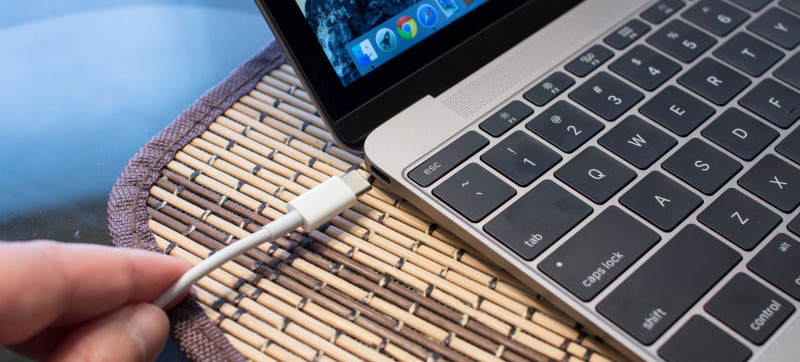Opinion:
I really wish the conspiracy theorists would go after Google and Apple as hard as they do Microsoft. Microsoft is huge, but the other two are just as big and in many cases doing things far shadier than anything Microsoft has come up with.
In any case, I stumbled upon an article today from Business Insider that was ripe with conspiracy theory claiming that Microsoft was working with its hardware vendors to “kill Windows 7 & 8” and “forces chip makers into supporting Windows 10.” (source: “Microsoft forces chip makers into supporting Windows 10”)
Well, I say they’re right.
Last time I checked, time marched on and we can’t run Windows 7 on a 386 or 486 computer. OK, someone will probably come out of the woodwork now and claim to have done so, but my question is: how many hours did you spend making that work? Was it worth it in the end?
Windows 10 is here. It is streamlined code that runs more efficiently than 7 or 8. The new processors (specifically Intel’s “Skylake”) are more efficient. Why not combine the two and “double down” on processing efficiencies and battery life?
I don’t see anyone “forcing” anyone else here.
Unless you’re unfamiliar with how this whole computer life cycle thing works. If they move on with new silicone and new operating systems, then we have to buy more product. There’s nothing technically wrong with the hardware we have — but if you already have it, you’re not buying. The Bad guys are exploiting more vulnerabilities in operating systems and apps of all sorts and plugging those holes is often easier in the new version instead of trying to patch code that was obviously flawed. We don’t live in a “fix it, dear Henry, dear Henry, dear Henry” society. We live in a “throw it away and get new” society. It’s a shame, really.
Reading the whole press release makes a difference.
Microsoft’s Press Release about this very subject “Windows 10 Embracing Silicon Innovation” lays it out:
“In addition to our OEM partners, throughout the design of Windows 10, we’ve been working closely with our silicon partners, including Intel, AMD, NVidia, and Qualcomm, on collaborative engineering to ensure Windows 10 takes full advantage of new silicon features. We continue to partner with these companies on their roadmaps, to achieve breakthroughs in performance, imaging, connectivity, power, graphics, and more as the Windows platform evolves with them.”
I’m reading this as saying that they’re working with the silicon makers to further increase the efficiency of Windows 10 by taking advantage of innovation on the silicon itself.
Of course, this does leave 7 & 8 in the dust.
Just like Win 3.1, Win95 and WinXP were left behind by advances in processors and graphics. SURPRISE! (not really)
I understand that business currently lives in the Windows 7 (and A LOT of WinXP) world. Testing applications and business processes take time — this slows down adoption of new technology. (The Bad Guys love you for this, BTW) It’s looking like business will need to start hiring more “nerds” to increase their testing and adaptation rates. Time marches on faster and faster in each technology year.
Windows 10 is here. “Skylake” is here. Microsoft, Intel and their kind want you to buy more stuff.
Guess what they’re going to do? First, they’re not going to market to you. They’re going for the “kids.” Then they’re going to make the “candy” you already have look like a big pile of manure so you’ll buy their “new and improved candy.” Oh, and they’re not going to make the old “candy” anymore (because you’d probably buy that instead).
I wonder where I’ve seen this strategy before. Hmm.

Like this:
Like Loading...





